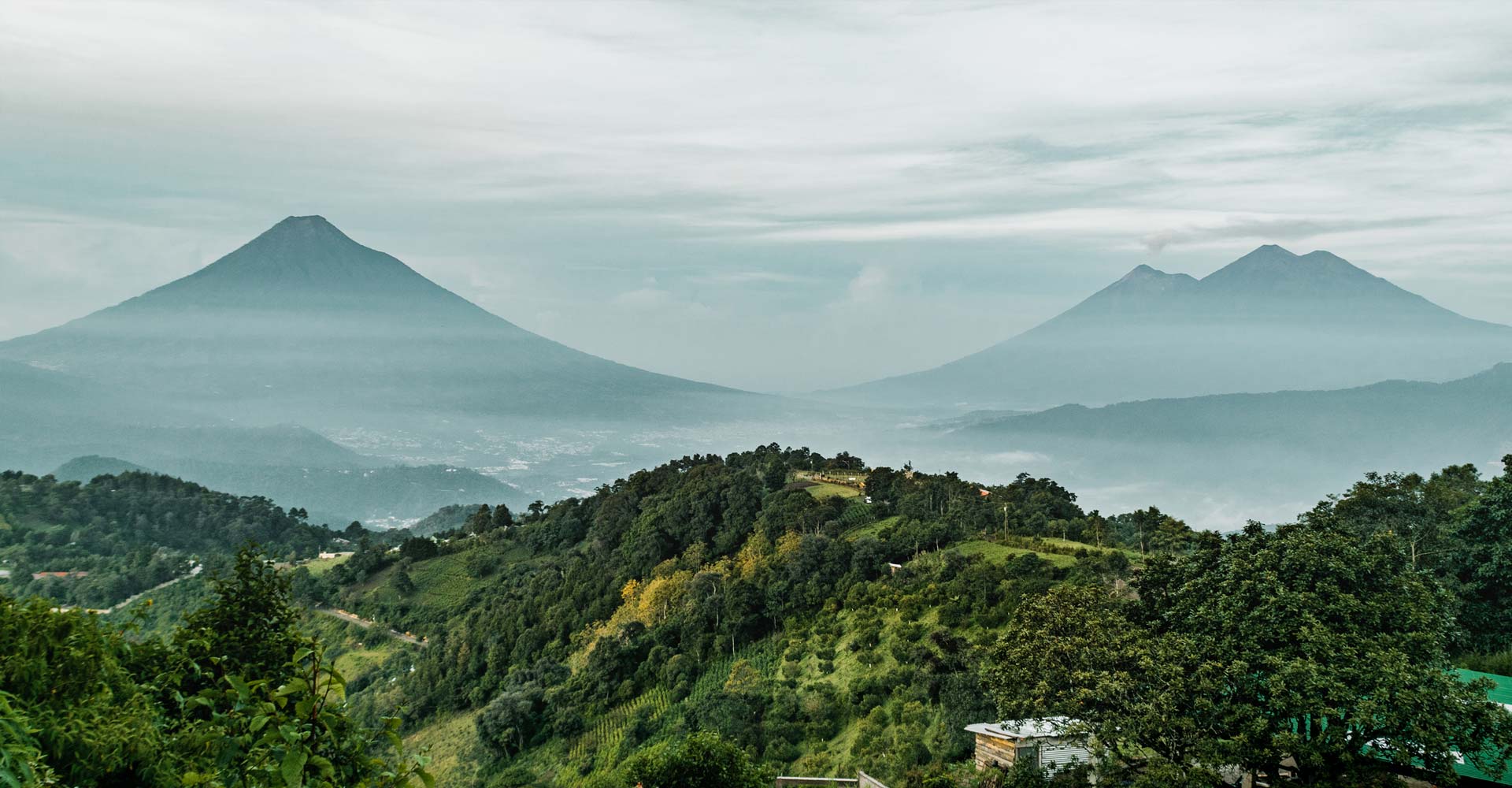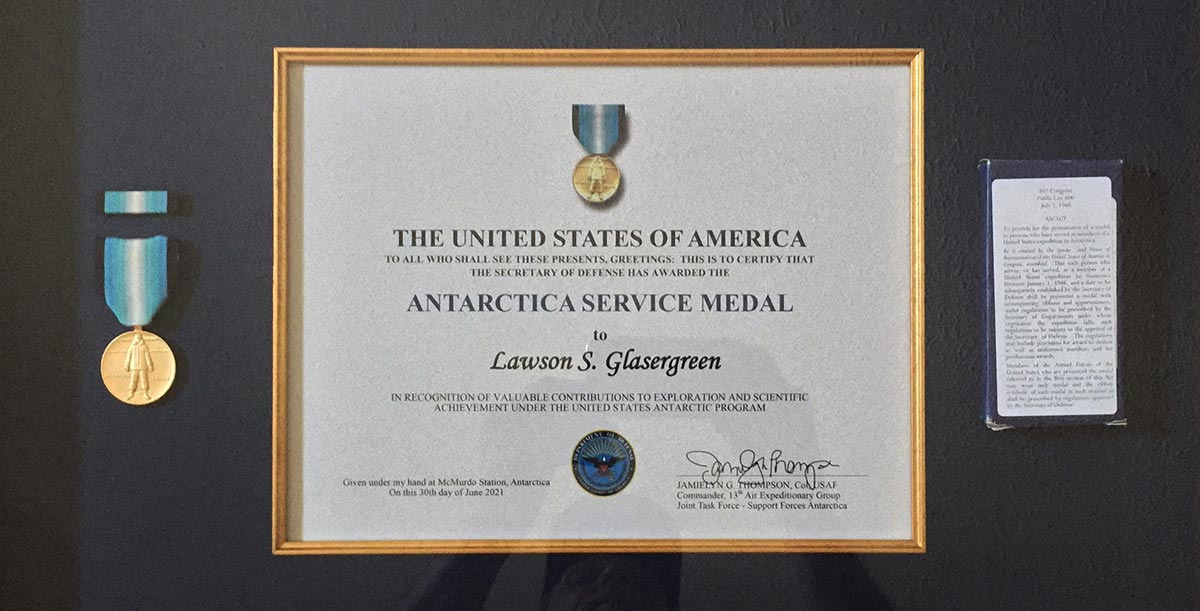
Few places capture our collective imagination like Antarctica, a beautiful but inhospitable desert continent with the most extreme climate on Earth.
Lawson Scott Glasergreen, an alumnus of CSU’s project management certification program, spent several months in Antarctica between 2014 and 2015, where he worked as a preventative maintenance coordinator and supervisor for on-site infrastructure and operations.
Significant planning and effort goes into keeping nearly 100 Antarctic research stations operational, especially the largest and southernmost base, the Amundsen–Scott South Pole Station, which is overseen and maintained by the U.S. government.
During his time in the coldest, most remote landmass on the planet (most of which he spent indoors), Lawson devoted his spare time to creating art.
“You need things in your life when you’re in an isolated environment that stimulate the other hemisphere of your brain so you can do the everyday, redundant tasks,” Lawson explained. “Art keeps you vibrant as a human being.”
Looking Back on a Career of Service

Glasergreen grew up in Indiana, eventually moving to Kentucky, where he worked in the construction industry for more than a decade. In the early 1990s, he shifted from private industry to public service, joining the AmericCorps VISTA program, where he helped manage the construction of several ESL learning facilities on behalf of the Kentucky Literacy Council. For his next project, he spent two years in a remote, mountainous region of Guatemala as a member of the Peace Corps from 1994 to 1996.
C.A. Ambassador McAfee, Peace Corps, swearing-in ceremony with L.S. Glasergreen
U.S. Embassy to Guatemala, 1994

“We built stoves and ovens for houses that didn’t have clean air because of smoke,” Lawson remembered. “We fabricated solar cooking stoves using locally available and upcycled materials. We also helped build grain silos and wells. It was a life-changing experience. It really developed my character and changed my perspective. Service in a foreign country was an important life goal and achievement for me.”
After returning from Central America, Lawson moved with his family to Colorado, where he returned to the construction industry as a project manager, eventually attending CSU’s Denver-based project management continuing education program (now available online), which introduced him to the PMBOK® (Project Management Body of Knowledge) – training that would become invaluable in Antarctica.
“Having a strong body of knowledge was essential. We had to understand what I call ‘project management triple constraints’ – time/cost/quality – and communicate effectively using visual, kinetic, and audible formats. The weather changes suddenly. We maintained many different redundant systems to keep everything running for the scientists and researchers. It’s really a different world there.”

Lawson’s work in the frozen south earned him an Antarctic Service Medal, and the experience inspired him to publish a volume of writings and photographs.
Today, as a semi-retired project manager and independent FEMA contractor, Lawson invests much of his time toward the arts, and was among several indigenous artists featured in Native Reflections: Visual Art by American Indians of Kentucky, a special traveling exhibition that completed a two-year tour of the Bluegrass State in 2022.
Watch the video to learn more about Lawson’s story. You can also connect with him on LinkedIn or on his website.